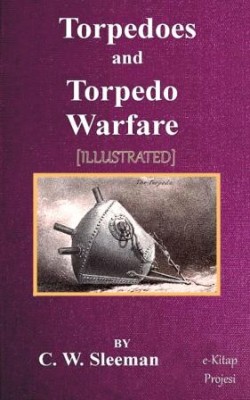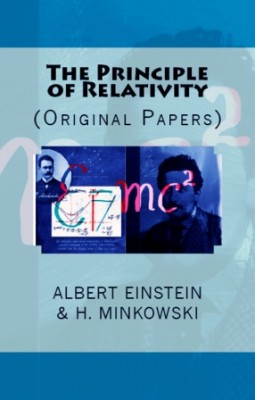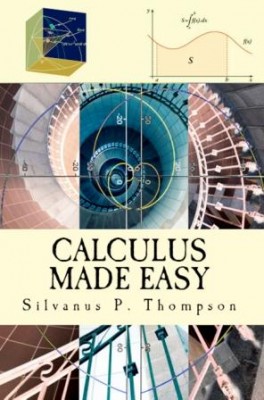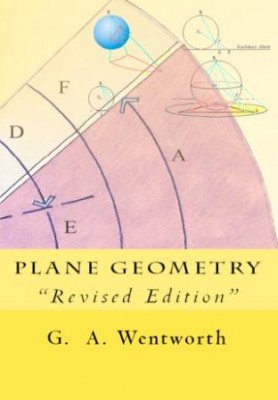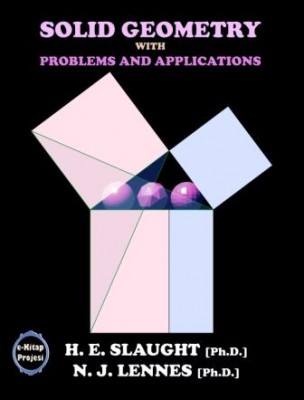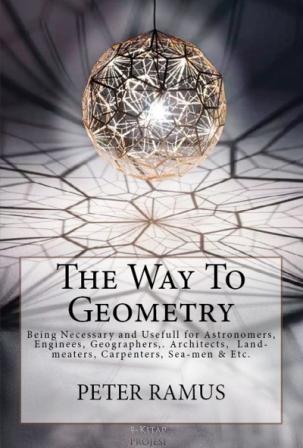In the following pages the Author has endeavoured to supply a want, viz. a comprehensive work on Torpedo Warfare, brought down to the latest date.
The information has been obtained while practically engaged in torpedo work at home and abroad, and from the study of the principal books which have already appeared on the subject, and to the authors of which he would now beg to express his acknowledgments, viz.: "Submarine Warfare," by Lieut.-Commander Barnes, U.S.N.; "Notes on Torpedoes," by Major Stotherd, R.E.; "Art of War in Europe," by General Delafield, U.S.A.; "Life of Fulton," by C. D. Colden; "Torpedo War," by R. Fulton; "Armsmear," by H. Barnard; "Treatise on Coast Defence," by Colonel Von Scheliha; Professional Papers of the Royal Engineers; "The Engineering"; "The Engineer"; "Scientific American"; "Iron"; &c., &c.
The Author is also desirous of thanking the following gentlemen, to whom he is indebted for much of the valuable information contained herein:—
London, 1879.
THE earliest record we have of the employment of an infernal machine at all resembling the torpedo of the present day, was in 1585 at the siege of Antwerp. Here by means of certain small vessels, drifted down the stream, in each of which was placed a magazine of gunpowder, to be fired either by a trigger, or a combination of levers and clockwork, an Italian engineer, Lambelli, succeeded in demolishing a bridge that the enemy had formed over the Scheldt.
So successful was this first attempt, and so tremendous was the effect produced on the spectators, by the explosion of one of these torpedoes, that further investigation of this new mode of Naval warfare was at once instituted.
But it was not until some two hundred years after that any real progress was effected, though numerous attempts were made during this period, to destroy vessels by means of sub-marine infernal machines.
It was owing to the fact, that the condition which is now considered as essential in torpedo warfare, viz., that the charge must be submerged, was then entirely ignored, that so long a standstill occurred in this new art of making war.
Captain Bushnell, the Inventor of Torpedoes.—To Captain David Bushnell, of Connecticut, in 1775, is most certainly due the credit of inventing torpedoes, or as he termed them submarine magazines. For he first proved practically that a charge of gunpowder could be fired under water, which is incontestably the essence of submarine warfare.
Submarine Boat.—To Captain Bushnell is also due the credit of first devizing a submarine boat for the purpose of conveying his magazines to the bottom of hostile ships and there exploding them.
Drifting Torpedoes.—Another plan of his for destroying vessels, was that of connecting two of his infernal machines together by means of a line, and throwing them into the water, allowing the current to carry them across the bows of the attacked ship.
Mode of Ignition.—The ignition of his magazines was generally effected by means of clockwork, which, when set in motion, would run for some time before exploding the machines, thus enabling the operators to get clear of the explosion.
Captain Bushnell's few attempts to destroy our ships off the American coast in 1776 and 1777, with his submarine boat, and his drifting torpedoes were all attended with failure, a result generally experienced, where new inventions are for the first time subjected to the test of actual service.
